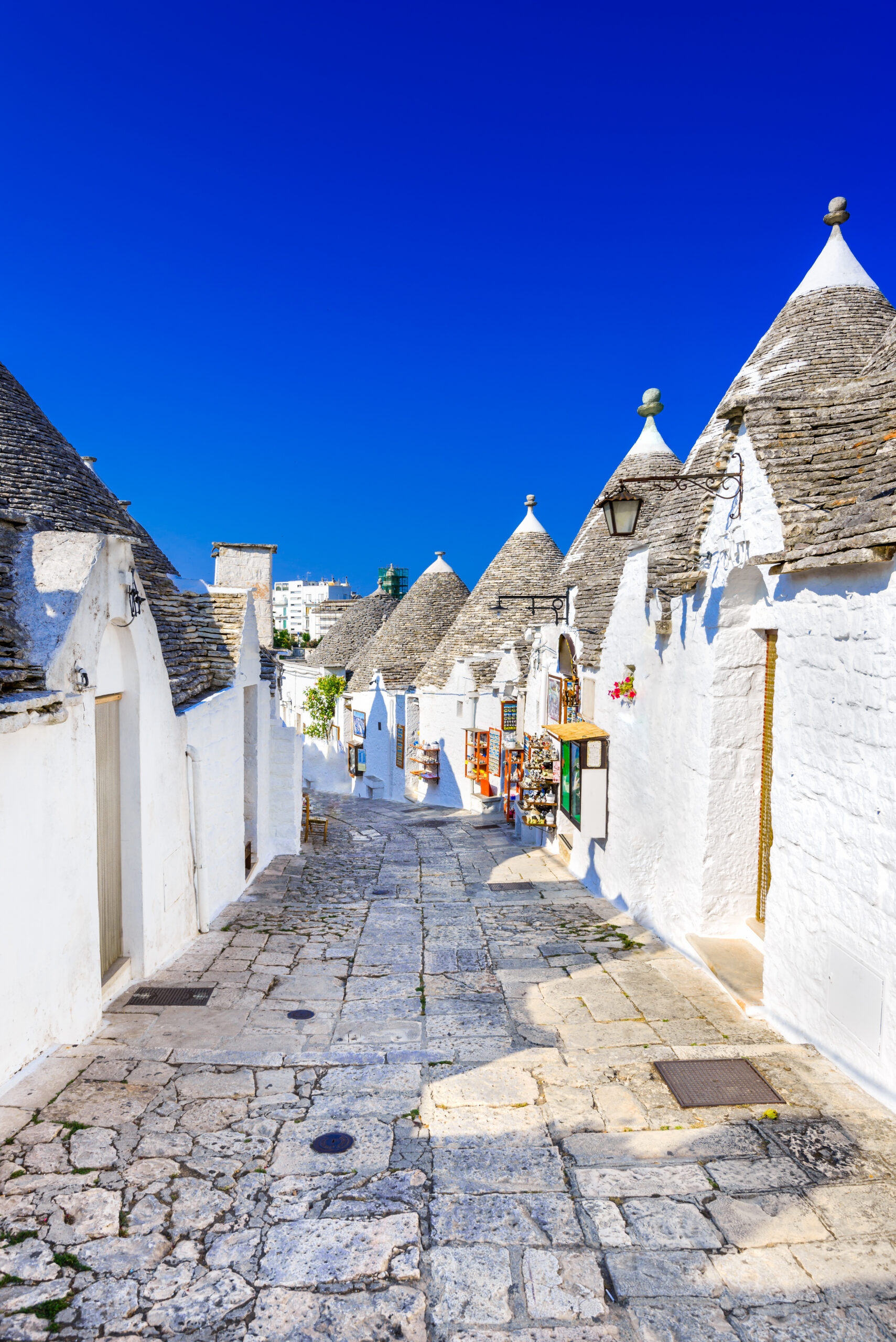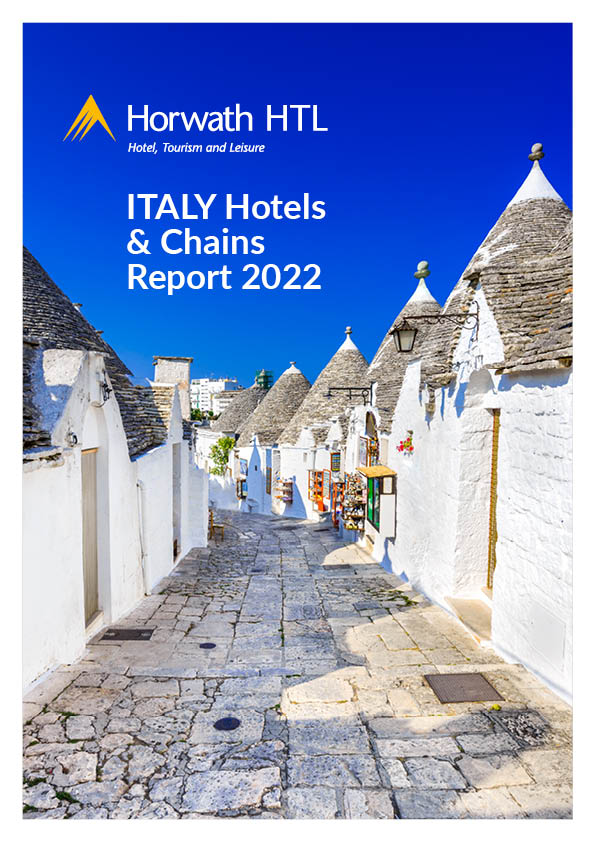
Report
Italy Hotels & Chains Report 2022
The industry-established reference for the Italian hotel branded supply is now in its 9th edition.
This year’s census highlights the first consequences of the Pandemic on the Italian hotel chain supply in terms of room inventory, including existing properties and in the pipeline, and preferred business models.
The supply trends observed in the previous years have therefore been accelerated, supporting the consolidation of the hospitality landscape in Italy and, as a result, strengthening the international competitiveness of the Italian Hotel Supply.
Key Findings
COVID-19 Impact and Recovery:
- Italy moved to 3rd place in the ranking of hotel arrivals in Europe in 2020, surpassing Spain. However, the major art cities like Rome and Venice remained heavily affected by the pandemic, with declines of 62.6% and 39% in arrivals, respectively.
- The Italian government is investing €2.4 billion in the tourism sector to promote sustainable development and digitalization, aiming for a full recovery by 2024.
Hotel Chain Growth:
- The total number of chain hotels in Italy slightly decreased in 2021, with a net loss of three properties. Despite this, chain penetration increased, particularly among international operators, which saw a net gain of 26 properties.
- The chain penetration rate reached 5.4% for hotels and 17.2% for rooms, continuing a trend of growth over the past nine years.
Market Dynamics:
- Lease and ownership models dominate the Italian market, accounting for 41% and 34% of chain hotels, respectively. The lease model gained 3% at the expense of ownership due to the closure of some domestic groups.
- The average size of chain hotels remained stable at 105.9 rooms, with international hotels typically being larger than domestic ones.
Geographical Distribution:
- Over 50% of branded hotels are located in four regions: Lombardy (16.6%), Latium (13.8%), Sardinia (11.4%), and Veneto (10.2%). Rome remains the city with the highest number of branded hotels and rooms, followed by Milan, Venice, and Florence.
- Venice and Genoa showed significant increases in their hotel portfolios, reflecting a growing interest from international operators in these markets.
Pipeline and Future Developments:
- The report identifies a pipeline of 21,450 rooms set to be added by 2024, with nearly 50% in the upscale segment. International operators account for over 60% of the total rooms in the pipeline, indicating strong foreign interest in the Italian market.
- Rome leads the development pipeline with 23 hotels and 3,291 rooms, followed by Milan and Venice.
The Italian hotel market continues to evolve, with international brands increasingly penetrating the market. Despite the challenges posed by the pandemic, the industry shows resilience and potential for growth, supported by government investments and a robust development pipeline.
Download the report
For detailed charts, graphs, and further analysis, download the full report here





